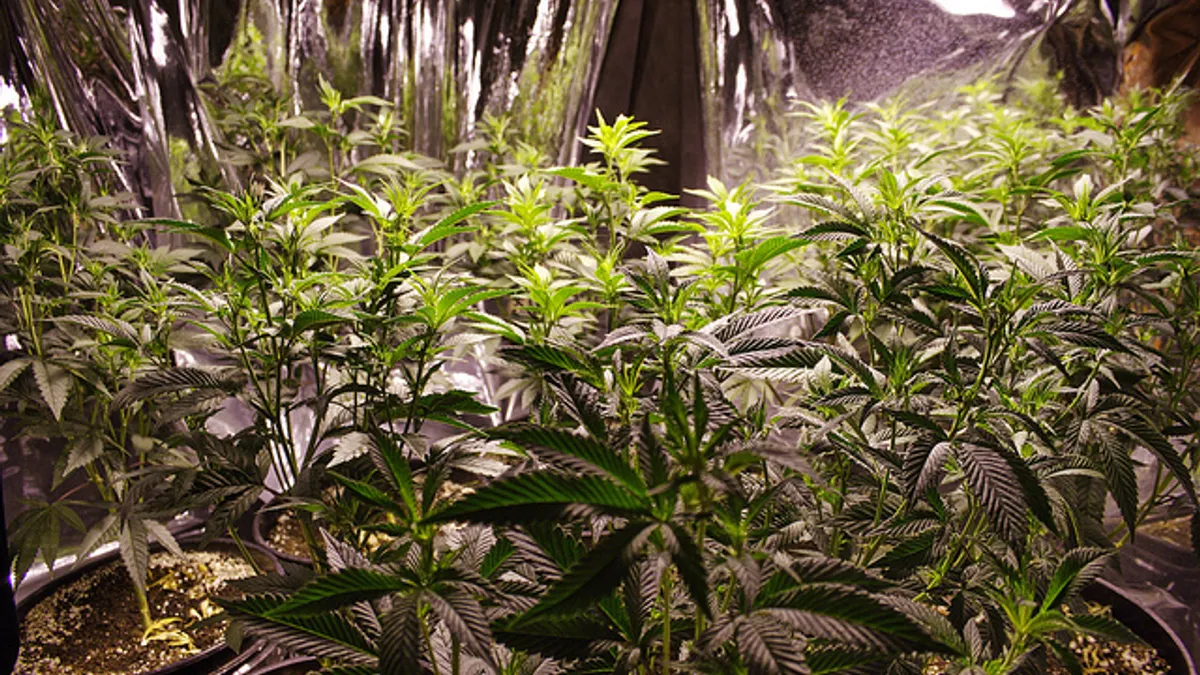Dive Brief:
-
Dutch researchers are testing the load-bearing potential of hemp and flax fiber in a new footbridge on the campus of the Eindhoven University of Technology, in the Netherlands, according to Reuters.
-
Widely used for textiles and insulation, the researchers wanted to explore whether hemp and flax could be used as an environmentally friendly structural alternative to concrete and steel.
- To build the 46-foot bridge, a hemp and flax fiber resin was adhered to a polylactic acid polymer core. Sensors will capture performance data for a year to improve future iterations of the bio material.
Dive Insight:
A well-known concrete-composite additive, hemp has been used as a building material as far back in history as 6th-century France, where it was used to strengthen masonry for bridge abutments. Unique among natural fibers, the hemp stem core has high silica content and binds well with lime, making it extremely lightweight. The resultant hempcrete amounts to about one-seventh of the weight of traditional concrete and is so low density that hempcrete blocks will float on water.
Structural design researchers at the university hope combining hemp and flax fiber in a composite resin will provide the material integrity that lends itself well to load-bearing construction. Yet while such materials benefit from being environmentally benign and carbon neutral, their durability has long been a concern, as has their resistance to moisture.
Still, the Eindhoven researchers hope the bio-based material will find its way into mainstream infrastructure projects following a year-long test of the footbridge under normal pedestrian traffic conditions and gathering of sensor data.














